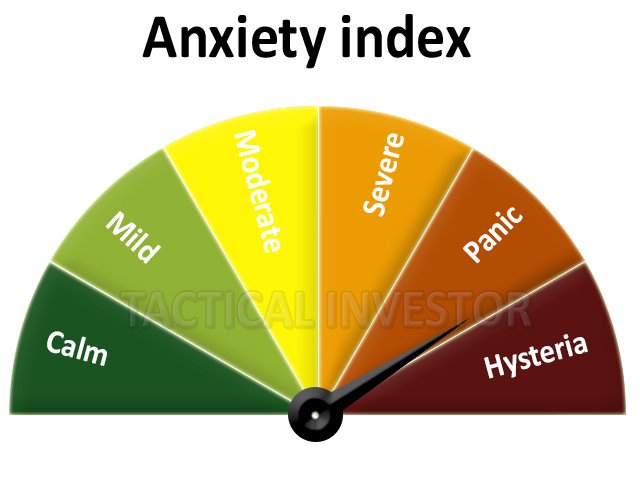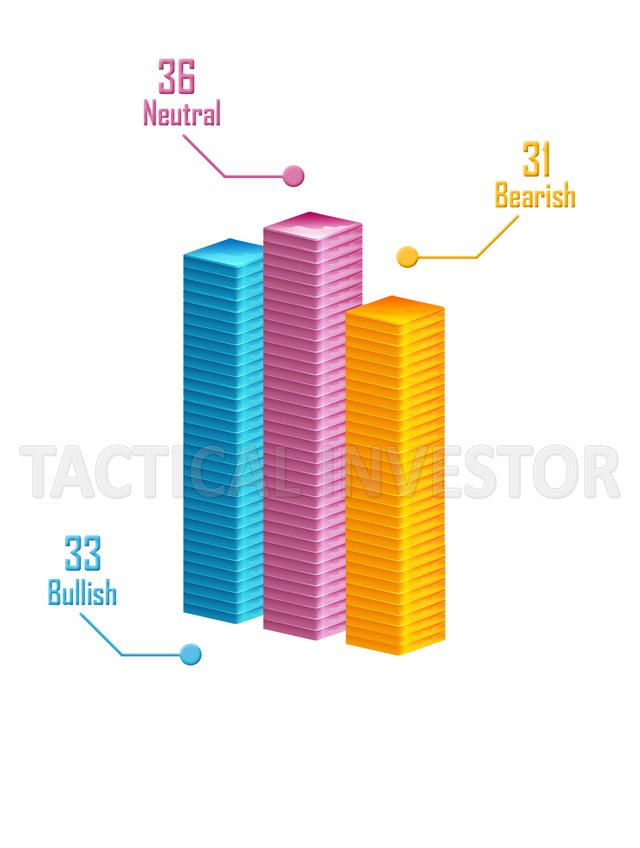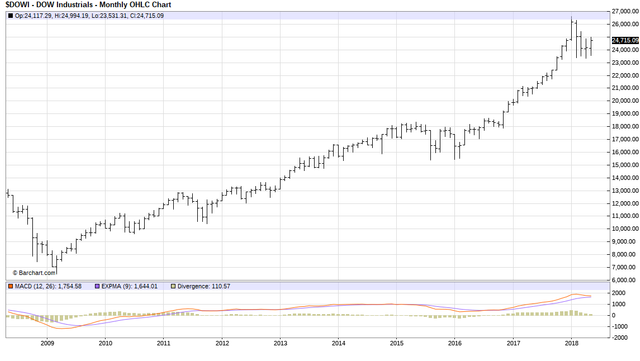Bear Markets Fears; nothing but overblown illusions

The masters of deception AKA experts take delight in concocting all sorts of fables as to how the markets are destined to crash. They go on to state the markets will remain in a downtrend for years to come. Let’s stop right there, the only thing that has crashed is their ego, and the only downtrend insight is their dismal forecasting record.
From a Mass Psychology perspective, bear markets are nothing but buying opportunities as they will spawn the next bull market. When you hear these nutcases posing as experts stating that the financial world is going to collapse, ignore the noise and focus on the facts. In almost every instance, these chaps are only predicting their demise. History indicates that markets trend upwards for much longer periods then they trend downwards. Additionally had an investor purchased top rated companies when the masses were dumping their stock during the so-called crash phase, they would have made a fortune over the years. To be fair one does not jump in as soon as the masses start to sell or buy as soon as the masses turn bullish. One looks for extreme shifts in emotion; when the crowd is euphoric it’s best to take profits and sit on the sidelines; if you are aggressive, you can short the markets. When the panic readings soar to the stratosphere, and there is a talk that the outlook can only worsen then the prudent call of action is to start establishing positions in top-rated companies.
Every time the Markets sell off these lunatics posing as experts start raving about the next crash and a plethora of articles are frantically penned as the experts are desperately hoping that things will pan out differently. Is this not a clear example of insanity in action; regurgitating the same rubbish in the hopes that the outcome will suddenly change. One thing these guys are good at is writing fiction, and it makes you wonder why they don’t make a career out of that as they are pretty darn good at it; reality seems to elude them.
Since the inception of this bull market we have repeatedly stated that until the sentiment turns decidedly bullish and for an extended period, this bull market is unlikely to end. In Jan the bullish sentiment soared past the 60% for the 1st time in years. This could have marked the end of the bull, but the markets let out a massive dose of steam over a very short period and negative sentiment soared. Bullish sentiment has continued to trend downwards from its high of 60 in Jan 2018. Therefore, for now, a crash has to be ruled out, but the markets will continue trending in a wide range until they moved to an oversold state.
Market sentiment is far from bullish
The gauges below clearly indicate that the masses are far from bullish and one of the founding principles of mass psychology is that you never take a position against the masses unless sentiment readings hit the extreme zone.


The Technical Outlook
The weekly chart of the Dow

While the Markets are trading in the oversold ranges on the weekly charts, they are still trading in the extremely overbought ranges on the monthly charts. Therefore we expect the action to remain volatile until the weekly and monthly charts are in alignment. Until then the Dow is likely to remain range bound.
The Monthly chart of the Dow

The trend is showing no signs of weakening so all strong pullbacks should be viewed through a bullish lens. For those who are hell-bent on focussing on the bear market or crash factor; remember that the markets can remain irrational for much longer than most traders can remain solvent by betting against it.
On a conventional basis, Inflation remains a non-event
We use the word conventional for the true definition of inflation is an increase in the money supply, and since the financial crisis of 2009, the supply of money has exploded. However, today’s economists have bastardised the definition, and the new definition focuses on rising prices which is a symptom of the disease only.
Central bankers on a worldwide basis are not embracing higher rates; other than a few odd nations one of which is the US, most central bankers are happy to sit on their rears. They all understand that for the most part this economic recovery has been fuelled by “hot money” and so they are in no hurry to shut the spigots as it could trigger something even more painful.
However, a low rate environment is great for corporations; they borrow more money on the cheap and use this money to buy back shares; in doing so magically improve the EPS.
Conclusion
The naysayers have been calling for a bear market for decades, and so far each bear has met a miserable death. For example, the bears were screaming that the end was nigh when the Dow was trading below 20k, and then they made the same noise when it breached 21K and so on; the story is the same it never changes.
Instead of wasting precious time listening to these broken records, take a look at their track records. The results are quite startling; over 90% of them have laid claim to the same silly story over the years, and they are still around. What does this tell you? Well if these Dr’s of Doom followed a shard of their advice, they would have bankrupted themselves several times over. As they are still around, it means that they are trying to market their faulty information to you for a certain fee, information they would be loath to follow.
Here is a novel idea
Determine the trend and pay close attention to market sentiment; if the masses are not euphoric then shorting the markets is a recipe for disaster and vice versa. Fundamentals and technical’s are both useless when used in separation. Examine the emotion driving the markets. What are the masses thinking or doing? Stock markets always crash on a note of euphoria and the masses are for now are far from happy.
Bottom line
The stronger the market deviates from the norm, the greater the buying opportunity.